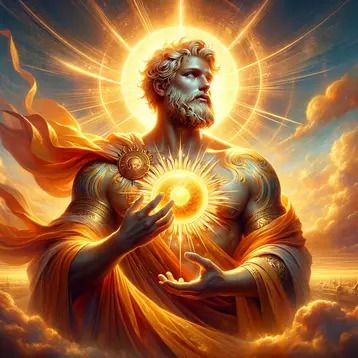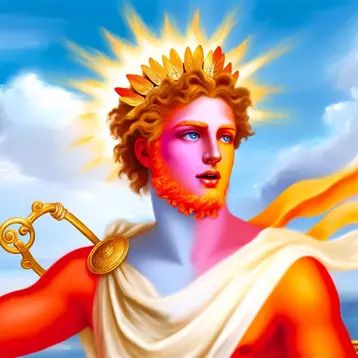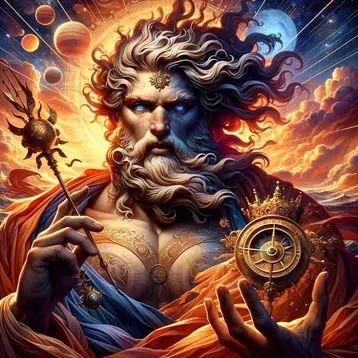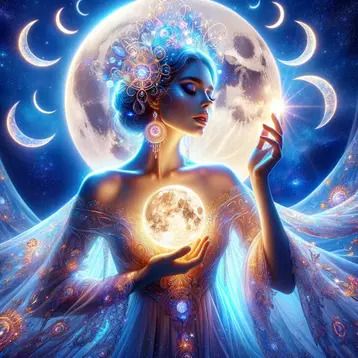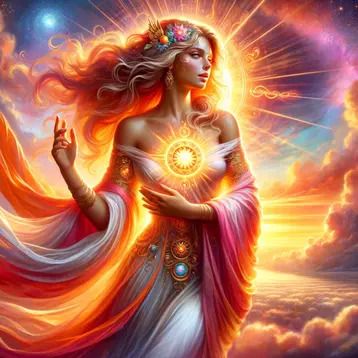
Eos
Eos was a Titan goddess in Greek mythology, daughter of the Titans Hyperion and Theia. She was the goddess of the dawn and had two siblings; Helios, god of the sun; and Selene, goddess of the moon. She was married to Astraeus, god of the dusk and together, they had numerous children that represented everything that occurred during the union of the dusk and the dawn, i.e. the twilight. Among her children were the four Anemoi (winds), as well as Eosphorus (the Morning Star) and the Astra Planeta (wandering stars or planets). She was described as having rosy fingers, a light pink gown woven with flowers, wearing a tiara and having large white-feathered wings.
According to another source, she was the consort of god Ares, causing the jealousy of Aphrodite, who cursed her with insatiable sexual urge. As a result, Eos abducted various young men, including Cephalus, Tithonus and Orion. She had two sons with Tithonus, Memnon and Emathion. Memnon fought on the side of the Trojan in the Trojan War, where he died.
Eos Q&A
Link/Cite Eos Page
Written by: The Editors of GreekMythology.com. GreekMythology.com editors write, review and revise subject areas in which they have extensive knowledge based on their working experience or advanced studies.
For MLA style citation use: GreekMythology.com, The Editors of Website. "Eos". GreekMythology.com Website, 31 Jan. 2015, https://www.greekmythology.com/Titans/Eos/eos.html. Accessed 26 April 2024.

